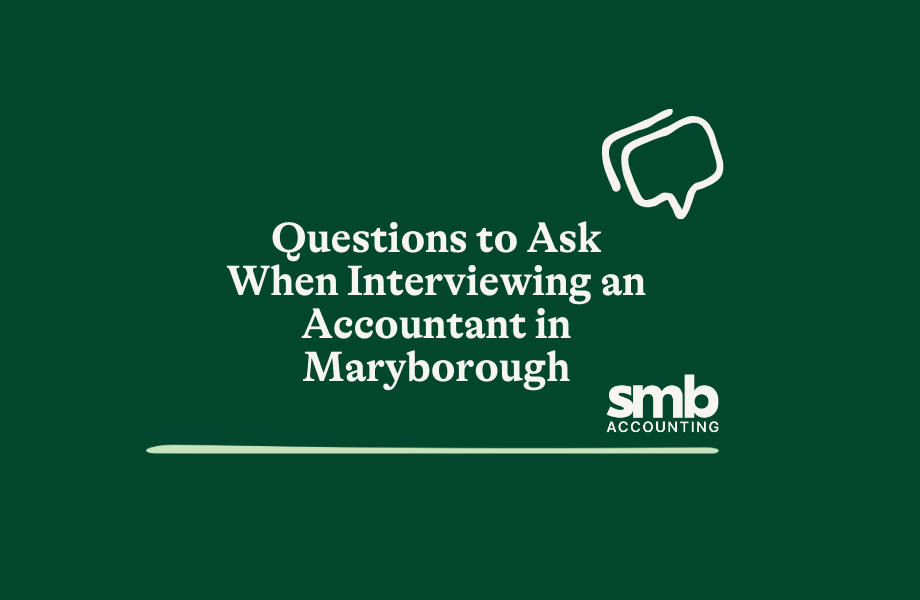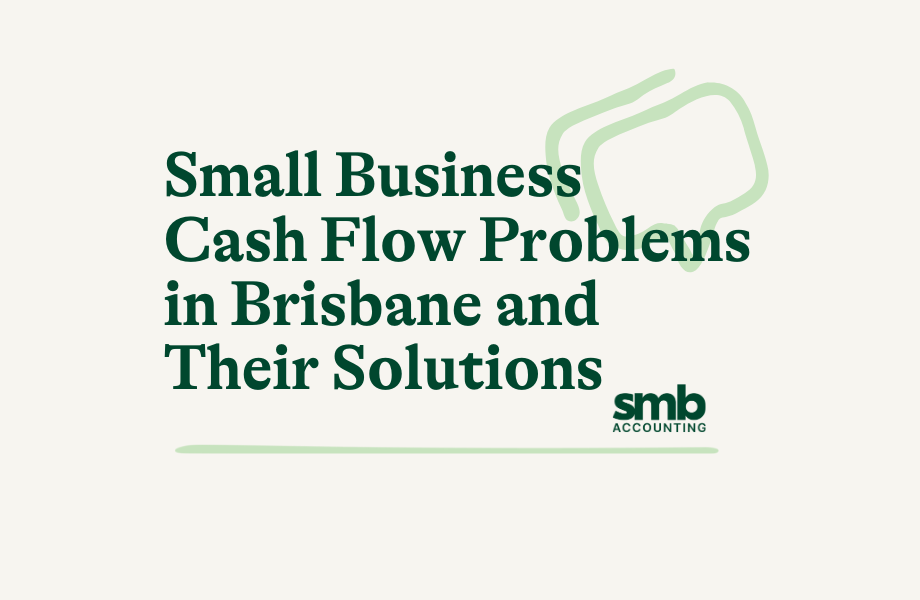Signs Your Small Business Needs Professional Accounting Help
Running a small business is no small feat, especially when it comes to financial management. From keeping track of daily expenses to managing complex tax filings, the financial landscape can…










